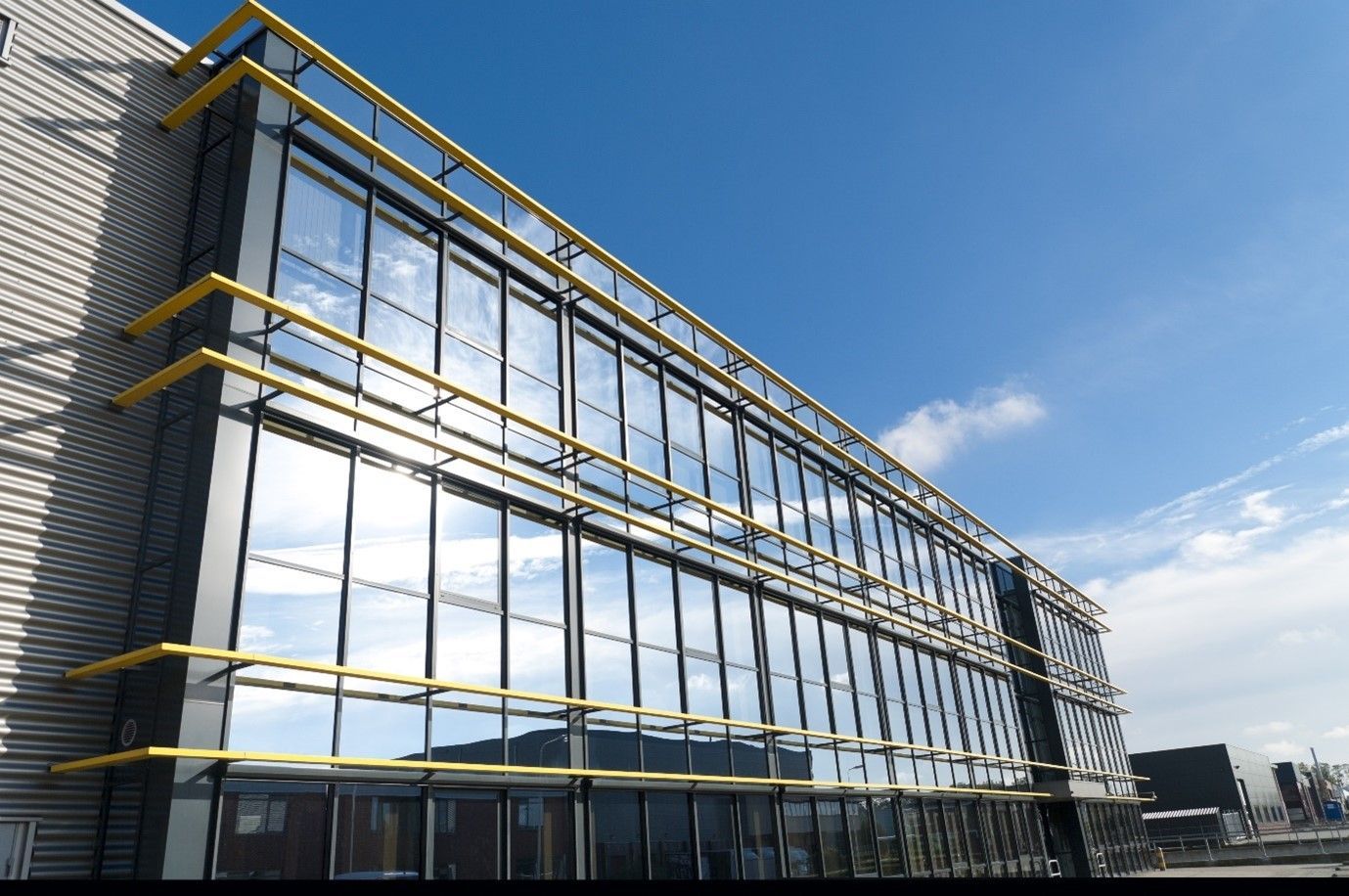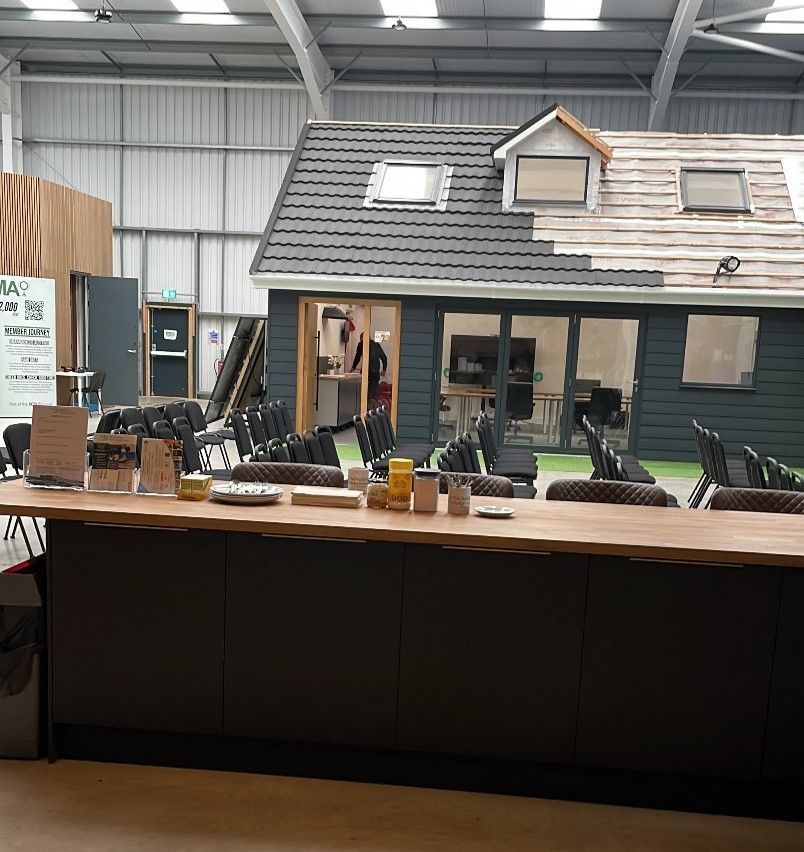Thermal Bridging and Approved Document Part L1 2021
Thermal bridging is a pathway in the building where heat transfers at a higher rate than in its surrounding. It occurs in every building, however, dwellings with reduced insulation, breaks in the insulation layer or materials with worse thermal properties might contribute to higher thermal bridging rates. Apart from reduced building’s energy efficiency, it can create a risk of condensation, moisture and eventually mold build up. It can also result in increased heat transfer from the building.
So why should we worry about the performance of the thermal bridges? As insulation in structures becomes better, the junctions between them are becoming obstacles. As heat is less likely to pass through an insulated structure, it forces its way through a thermal bridge.
The Government’s Approved Document Part L1 2013, allows us to adapt the design details set in Approved Construction Details (or recognized by the DCLG) and associated psi values for thermal bridges. However, the Government has proposed to remove the ACDs from Approved Document L, Volume 1: Dwellings, as in their opinion the ACDs are out of date and no longer work with new fabric specified for Part L 2021.
But what does it mean for builders and SAP assessors? To achieve compliance, in most cases it was necessary to use the psi values associated with ACDs, as they significantly increased the fabric efficiency and ultimately the dwelling achieved a higher SAP score on Energy Performance Certificate. With new legislation coming soon, it might be the case that the thermal bridging details will have to be independently calculated by a competent person to achieve compliance. There will also be a possibility of using the Local Authority Building Control’s Construction Details library, available on LABC website.
Don’t stay behind and let us help you in understanding the new legislation and achieving compliance. Sign up for
free CPD

Ashby Energy Assessors Blog and News




